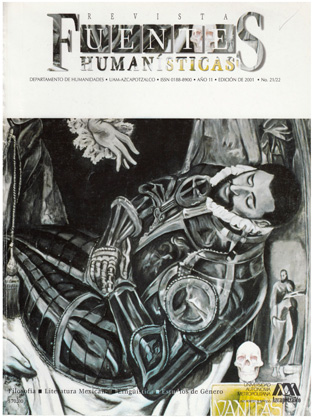Garcones, flappers y pelonas en la década fabulosa : ¿de qué modernidad hablamos?
Abstract
Por razones de espacio solamente me acerco a ciertos tópicos como son los orígenes de los estereotipos de la “flapper”, la “garconne”, y la “pelona”; algunos datos sobre la participación femenina en el mercado laboral; los índices de natalidad y finalmente algunas leyes de familia. Tales datos nos dan pautas para advertir, por un lado, que si bien los años veintes significaron el pleno ingreso a la modernidad, cada sociedad partió de una realidad diferente, y por otro, que el cumplimiento de los roles de género en los nuevos órdenes sociales estuvo determinado por el grado de desarrollo social y económico de cada país.Downloads
Authors who publish in this journal accept the following conditions:
Fuentes Humanísticas is licensed under a Creative Commons Attribution-NonCommercial-ShareAlike 4.0 International (CC BY-NC-SA 4.0) license.
Authors retain copyright and grant the journal the right of first publication, with the work licensed under the Creative Commons Attribution license CC BY-NC-SA 4.0, which allows third parties to:
Share — copy and redistribute the material in any medium or format.
Adapt — remix, transform, and build upon the material.
The licensor cannot revoke these freedoms as long as you follow the license terms.
Under the following terms:
Attribution — You must give appropriate credit, provide a link to the license, and indicate if changes were made. You may do so in any reasonable manner, but not in any way that suggests the licensor endorses you or your use.
NonCommercial — You may not use the material for commercial purposes.
ShareAlike — If you remix, transform, or build upon the material, you must distribute your contribution under the same license as the original.
No additional restrictions — You may not apply legal terms or technological measures that legally restrict others from doing anything the license permits.
Authors may enter into other independent and additional agreements for the non-exclusive distribution of the published version of the article in this journal (e.g., placing it in an institutional repository) as long as they clearly indicate that the work was first published in this journal.






